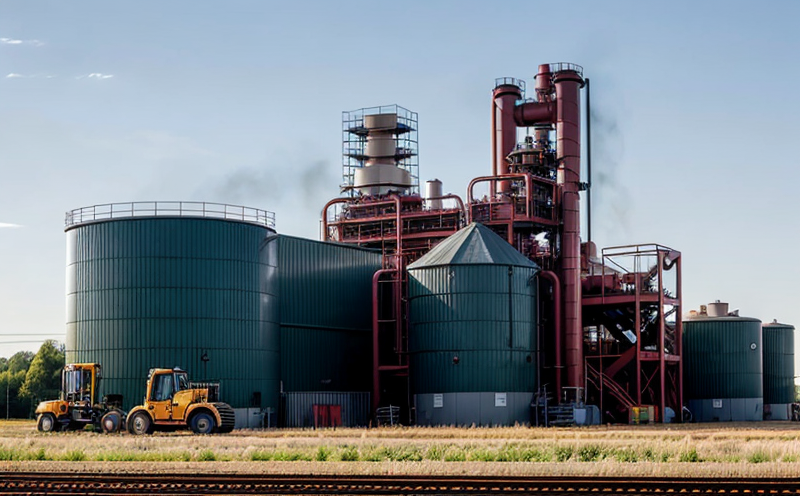OECD Code 5 Agricultural Tractor Noise Level Testing
The OECD Code 5 is a critical guideline that sets stringent limits on noise levels from agricultural tractors. This code is particularly significant for machinery and industrial equipment manufacturers aiming to comply with international environmental regulations and ensure their products meet strict noise emission standards.
Compliance with OECD Code 5 ensures that the agricultural tractors do not exceed the permissible sound pressure level of 104 dB(A) at a distance of 3 meters from the tractor's rear. This stringent requirement is aimed at reducing noise pollution and enhancing operator safety, particularly in densely populated areas where agricultural machinery operates.
Testing to OECD Code 5 involves several key steps that are crucial for ensuring accurate results. The first step is to prepare the specimen by positioning it on a controlled environment platform designed to simulate real-world conditions. This includes setting up the tractor in a manner that mimics its operational scenario, ensuring accurate data collection.
The next step is to conduct the noise measurement using specialized equipment such as sound level meters and octave band filters. These instruments are calibrated according to international standards (ISO 9612-1:2005) to ensure precision and reliability in measuring the sound pressure levels. The test setup involves positioning the sound level meter at a distance of exactly three meters from the rear of the tractor, with the engine running under specified conditions.
The results are then analyzed against the prescribed limits set by OECD Code 5. Any deviation from these limits would indicate non-compliance and necessitate corrective actions such as redesigning or modifying the machinery to reduce noise emissions.
It is important to note that the testing process must be conducted in a controlled environment, free from external disturbances that could affect the accuracy of the measurements. This ensures that the results are reflective of the true performance of the agricultural tractor under real-world conditions.
In addition to the core noise measurement, compliance with OECD Code 5 also involves assessing other aspects such as engine sound characteristics and exhaust noise levels. These additional tests provide a comprehensive evaluation of the overall noise profile of the agricultural tractor, ensuring that it meets all regulatory requirements.
The importance of OECD Code 5 cannot be overstated in today's world where environmental concerns are paramount. By adhering to this code, manufacturers can demonstrate their commitment to sustainability and environmental responsibility, thereby enhancing their brand reputation and market competitiveness.
Why It Matters
The importance of complying with OECD Code 5 cannot be overstated as it directly impacts the environment and public health. Excessive noise from agricultural tractors can lead to hearing damage, stress, and sleep disturbances in nearby communities. By adhering to this code, manufacturers contribute to a healthier living environment for all.
Moreover, compliance with OECD Code 5 is not just about meeting regulatory requirements; it is also an opportunity for innovation and improvement. Manufacturers who invest in noise reduction technology can differentiate their products in the market, attracting environmentally conscious consumers.
The code's stringent requirements push manufacturers to innovate and develop quieter, more efficient agricultural tractors. This shift towards sustainable practices aligns with global environmental goals and helps build a greener future.
Applied Standards
| Standard | Description |
|---|---|
| ISO 9612-1:2005 | Sound pressure level measurement techniques and instrumentation. |
| OECD Code 5 | Noise limit for agricultural tractors at a distance of 3 meters from the rear. |
Industry Applications
- Agricultural machinery manufacturers
- R&D engineers involved in product development
- Quality assurance personnel ensuring product compliance
- Environmental consultants advising on noise reduction strategies
| Application | Description |
|---|---|
| Agricultural machinery manufacturers | Ensure compliance with OECD Code 5 to meet international standards. |
| R&D engineers involved in product development | Conduct noise level tests at various stages of development to ensure compliance. |
| Quality assurance personnel ensuring product compliance | Monitor and verify the results of noise level tests during production. |
| Environmental consultants advising on noise reduction strategies | Provide expert advice on achieving compliance through innovative design and materials. |





